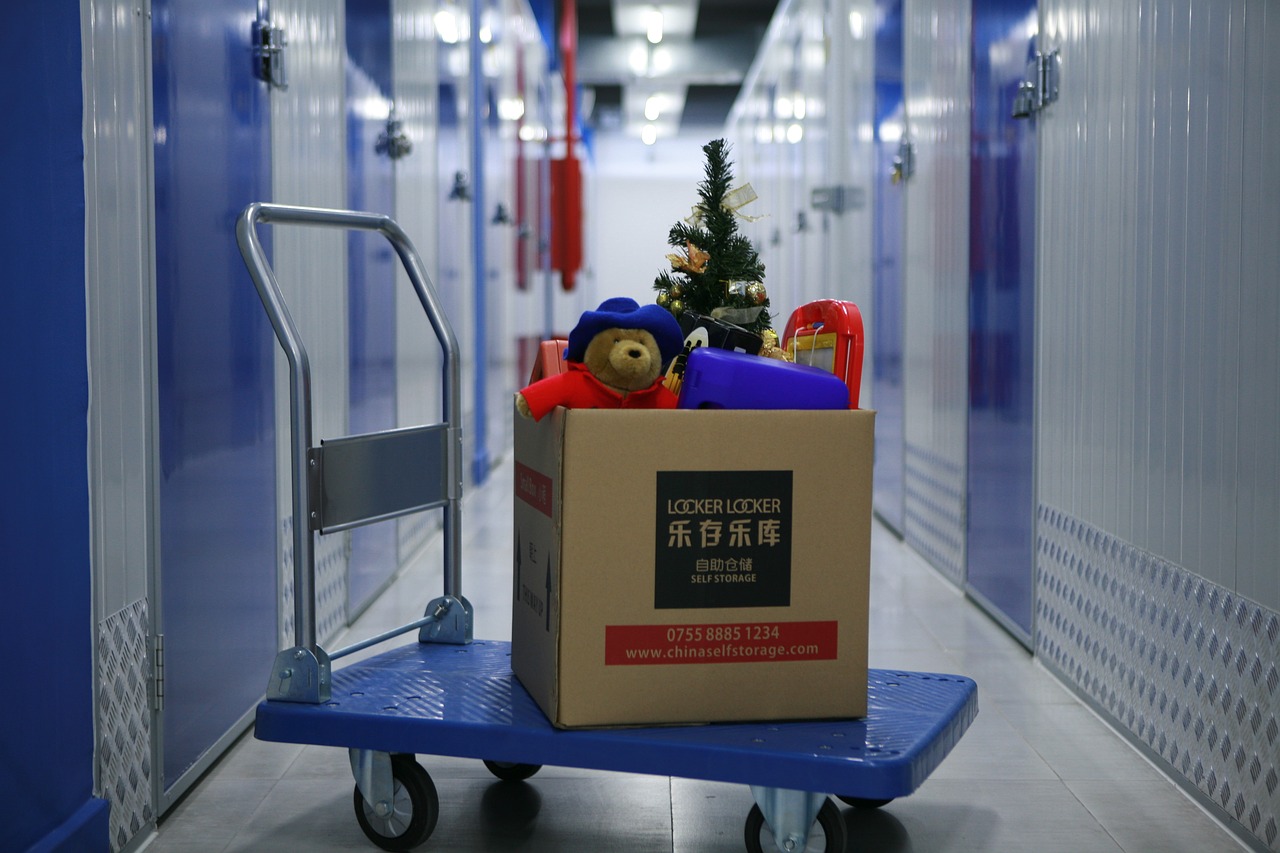Self-packing all your belongings into a 20-ft moving container can be a stressful experience. This is because most of the time you simply have too much to fit inside the container.
The process can also be time-consuming and frustrating because you have to plan, arrange and package the items. It is therefore important that you are careful not to damage your items as you move. Managing to fit your needs everything you need right move across the country can save you money and time.
There are many many ways you can consider to ensure your household items fit perfectly in portable storage containers. To get started, you will need to:
- Declutter your house
- Dispose of anything that has no use
- Hold a garage sale to sell valuable items you no longer need
Here are a few tips to help you in packing your items into a moving container and maximize space.
Decide which items you want to pack
Packing your container for interstate movement means maximizing on available space. Go through all your belongings and identify items you will like to keep and those that you don't want to keep. Moving goods across the country means the container will be weighed and its cost calculated.
Alternatively, you can consider selling some of your belongings to buy new items on your arrival. Doing this will greatly save time spent in loading and offloading. A standard 20ft shipping container is big enough to store all to store and move all contents off of a three or four bedroom house. It has a volume of 38 cubic meters and can carry a weight of up to 8 tonnes.
Prepare a convenient area to load the container
The shipping container should be placed in a strategic location to help you pack it easily. The container's doors should face the main door or garage to facilitate easy access.
It is also important to ensure on doing so the container doesn't block any passage or road. The container should also be placed on top of wooden plops to protect it from scratches. Plops can be used to balance the container in case of uneven ground.
Organize your items effectively
Prepare the items to be packed by grouping them. After preparing them, wrap and package them using cartons and other packaging materials. Separate fragile and valuable items. Use padded storage containers to store fragile and electronic items. This can be done using a bubble wrap or blankets.
Fill up empty spaces in the small containers because the shipping container can tilt up to 30 degrees during the transportation. This can crush anything that is not tightly packed. Label all the small containers summarizing what is inside, label fragile items as fragile. Create a list of all inventory to help you in unloading and loading.
Plan how to arrange the items in the container
Carefully plan how you will arrange the shipping container for the loading process. The furniture takes the most space and therefore should be placed on the floor. The other items should be stacked evenly on top of each other.
Spreading the items out will help protect fragile items. Pack essential items closest the door for easy retrieval when they arrive at your destination.
Loading the container
Take your list and load all the items as you had planned in the previous step. Ensure everything fits and is secure from damage. Begin with furniture and then fill the remaining space with smaller belongings.
Fill gaps between the containers using blankets or pillows to prevent the boxes from scratching. You can also use ropes to secure every item into place.
Check everything and lock the container
After loading your container, go through your list of all inventory to see if there's anything you have left out. After ensuring everything is in place, lock the shipping container. It is important to ensure that the weight is balanced to prevent the items from spilling over.
With the use of these tips, your household belongings will be safely packed for transport. Be sure to look at several pod companies before making a decision; try here.




